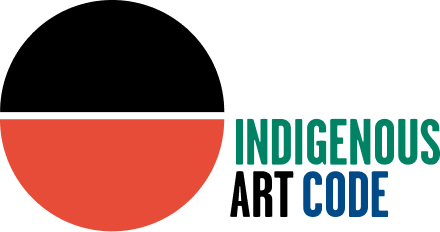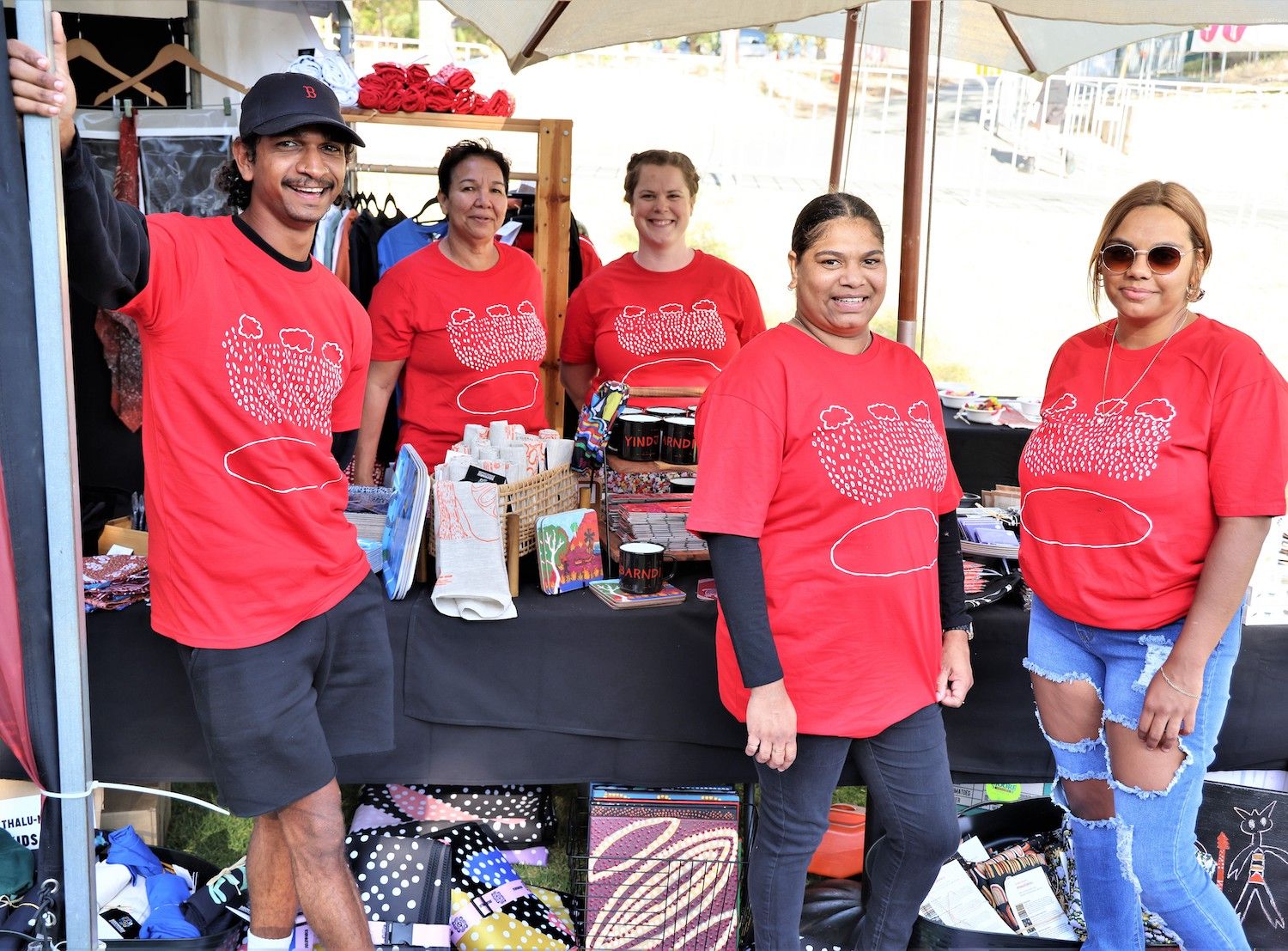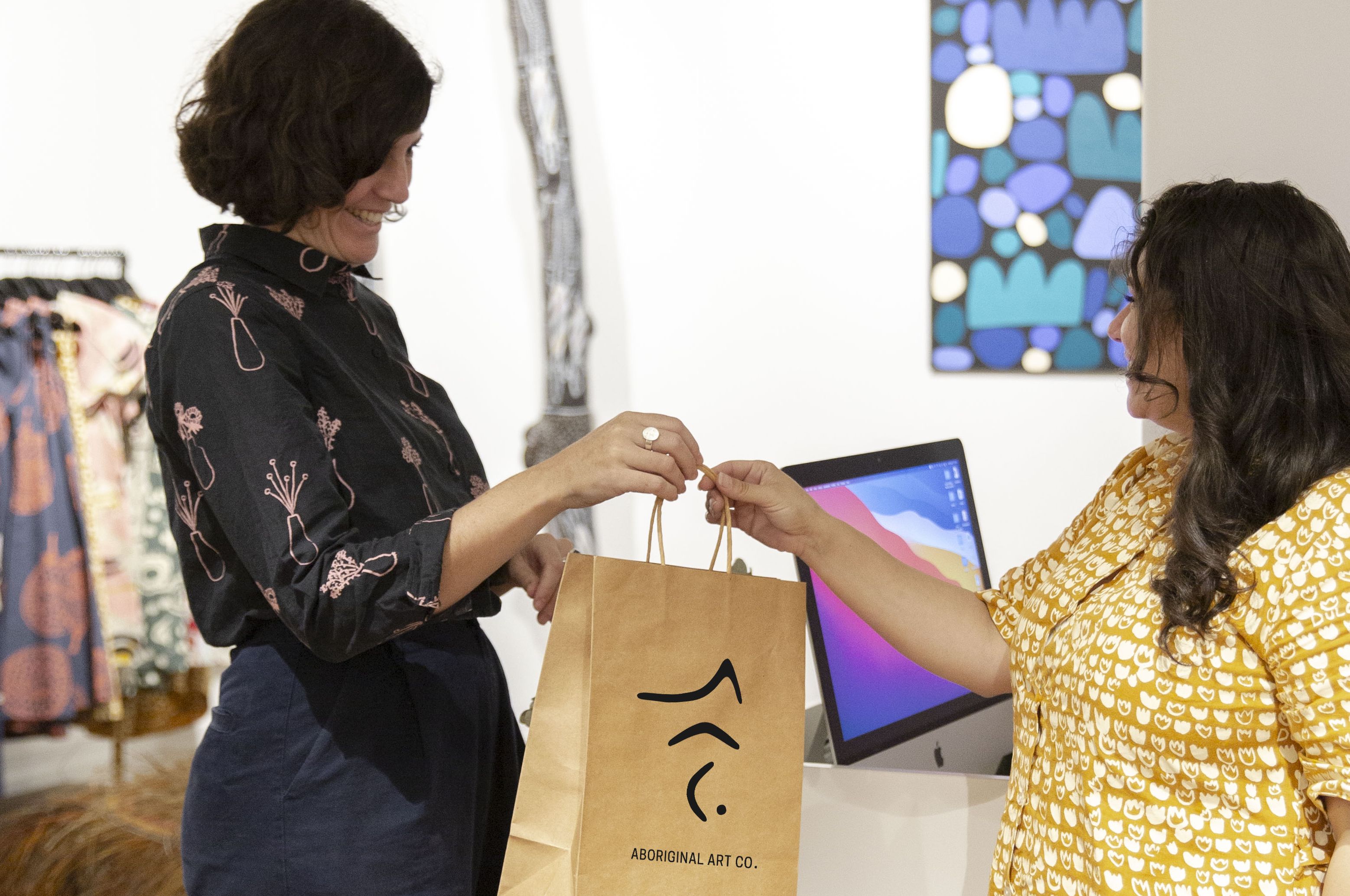Making sure you buy ethically is not just about protecting your own investment. It’s about respecting the world’s oldest living culture, ensuring the artists are paid fairly and securing a sustainable future for Australia’s Indigenous art industry.
Artists have a right to know the payment structure, or ‘money story’, for their art and buyers can ask too. Most ethical dealers are open about their business models and will be happy to answer any questions you have about:
- The artist – their artwork, history and community
- How long the gallery has been working with the artist or art centre
- How the dealer sources art, and how it pays the artists
- How much of the sale price goes to the artist




